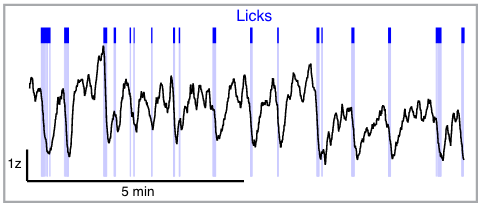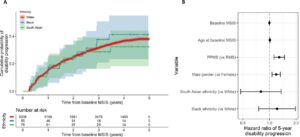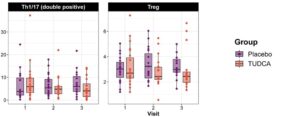“Negative feedback control of hunger circuits by the taste of food.”
Tara Aitken, et al. – UCSF.

Background: While evidence from humans and rodents suggests that tasting food is an essential part of hunger satiation, independent of intestinal nutrient absorption, the neural mechanisms linking the two are unknown.
This Study: Aitken and colleagues imaged and stimulated agouti-like related peptide (AgRP) neurons of the arcuate nucleus (ARC), whose firing is linked to seeking food.
- Tasting sweet or fatty foods silences AgRP neurons.
- These responses are mimicked by non-nutritive substances resembling sugars and fats, indicating they are driven by detecting taste information as opposed to nutrient information.
- These responses are not induced by tastes without nutritive connotations such as sour and bitter.
- Taste information is relayed to these neurons by inhibitory neurons of the dorsomedial hypothalamus, which increase their firing with increasing levels of sweetness.
Open Question: How might this sensory regulation of hunger and satiation be altered in patients with disordered eating patterns?
Bottom Line: The neural mechanisms controlling hunger satiation are engaged from the first taste of food, prior to any nutrients being absorbed.




